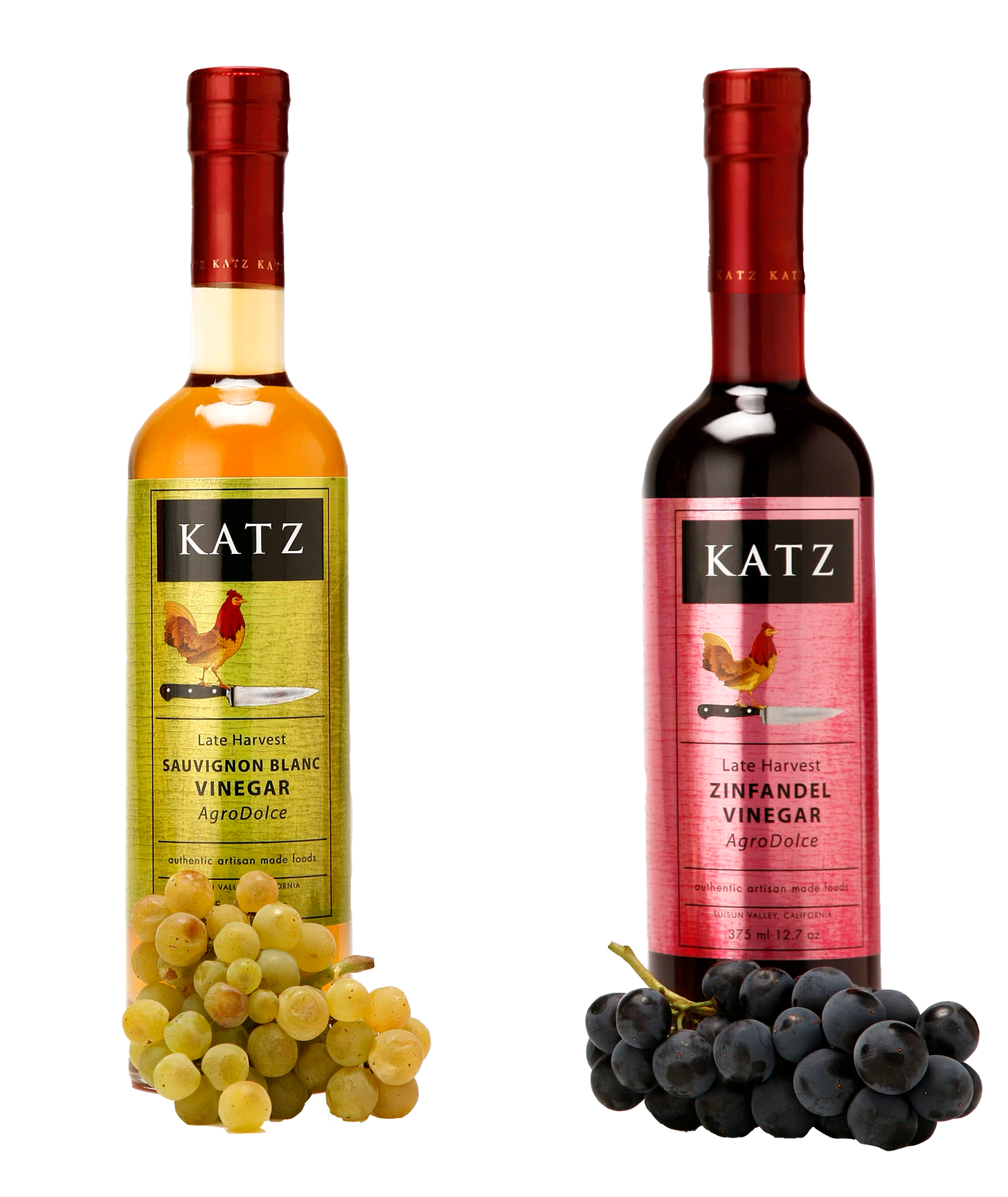We hope you’re loving the first month of Consumed. Today, we’re introducing a new regular feature: Worth It, which highlights amazing food products that we love and we know you will too. Read through to the end for a special discount — plus a roundup of worthy food news breaking through the election insanity.
Food obsessives are often “quirky” – or to use a newly embraced election term, just plain weird. It’s one of the things that makes writing about food so much fun. Over the years, I’ve met a Spanish sommelier who plays classical music to his wine and a kelp grower convinced seaweed can save the world. You can’t make these people up.
My food quirk is an obsession with vinegar. I must have about 20 kinds in my pantry: red and white wine (obviously), cider and sherry, raspberry, celery, aged balsamic and apricot balsamic, and an infuriatingly discontinued vinegar called Garden Heat, made from tomatoes, celery, and jalapenos that makes a standout Bloody Mary.
For the record, I do not think this is weird.
In America, vinegar is vastly underrated. It’s not only for salad dressing, people! It’s like a lemon that you always have on hand. It adds brightness to stews, meats, or a pot of greens. Mixed with soda water, fabulous vinegar makes a fabulous shrub without the nonsense of making a sugar syrup to sweeten it. (My go-to: A tablespoon of this raspberry vinegar added to sparkling water. Cheers!)
But if I had to have only ONE kind of vinegar, it would have to be Katz Farm, specifically their Late Harvest Sauvignon Blanc and Late Harvest Zinfandel vinegars. These are agrodolce – Italian for sweet and sour. The result is round, not eye-puckeringly sharp, and it’s so flavorful that you can (and I do) sip it from a spoon.
It tastes so good for two reasons. First, Katz uses over-ripe, almost raisin-y late season grapes in the mash, then ages the vinegar in oak barrels.
The vinegar is then slowly fermented, following the classic Orleans method, which dates back to the 17th century. This slow fermentation builds flavor, in contrast to most of what you find on grocery-store shelves, which is made by aggressively blasting cheap alcohol with oxygen, erasing any trace of flavor from the fruit it was made from.
As you’d expect, artisan vinegar costs a lot more than the industrial stuff. But even I take months to go through a bottle. And they won’t go to waste as vinegar can sit happily in your pantry for somewhere near forever.
Consumed is 100% reader-support and has no financial relationship with Katz, or any other brand we recommend. BUT the nice people at Katz are offering an exclusive 10% discount on their vinegar to Consumed readers for the next month, until Thanksgiving! Use code CONSUMED10.
Buy Katz vinegars here: $15 for a 12.7 ounce/375 ml bottle (though I recommend you buy the half gallon or get ahead on your holiday shopping with one of the Katz gift sets.)
What We’re Reading
The Pouchification of the American Diet, Taste Cooking / LA Times: Remember the movie Wall-E? It’s primarily the story of a garbage robot who falls in love. But it’s also a dire portrait of the future of humanity: spaceships full of people who no ride around in hover chairs, sucking down their food through straws. That’s what came to mind when I read two stories this week about food pouches. The LA Times reports that sales of food pouches “have increased 900% since 2010, overtaking jarred purees as the predominant baby food on the market.” The trend is alarming to pediatricians who worry that this new American way of eating may interfere with nutrition, long-term food preferences, dental hygiene, and even speech and language development.
If that isn’t enough, Cathy Erway dives into adults’ embrace of food packed in pouches, which, apparently, are rising in popularity because they are easier to open than cans. (This is not unprecedented; a few years ago, a New York Times story caused a splash when it revealed that millennials had turned their back on cereal because it was to much to wash out the bowl.) It might not matter but for all that plastic, which can leach chemicals when heated and, of course, cannot be recycled and ends up in landfills.
You’re Ordering Takeout Wrong, The Wall Street Journal: Ordering takeout is, per the National Restaurant Association, “an essential part” of American life. But ironically the foods we order most often — burgers and fries, for example — are not made for travel. In a great piece for the Wall Street Journal, Liz tackles how to do takeout better, including what to order (ramen!) and the simple benefits of a non-microwave reheat. (Note: The link to the story works even if you are not a subscriber.)
Onions and Turkey and Waffles, Oh My! Vox.com: Foodborne illness is making headlines — again. This fall, foods tainted with E. coli, listeria, and salmonella have been responsible for product recalls, hundreds of hospitalizations, and even deaths across the United States. The reasons, in short, are the absurd complexity of the American food system (bad) and the U.S. government’s better and faster tracing capabilities (good). Vox’s explainer will catch you up on the who, whats, and why nows of our fall of food recalls.








this is extremely intriguing and i want someone to buy me a vinegar gift set!